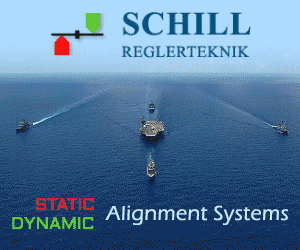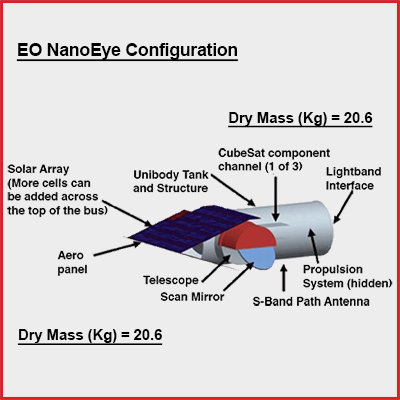Advancements in Vehicle Ballistic Protection for Military Operations

In the ever-evolving landscape of military operations, one of the paramount concerns is the protection of personnel and assets against ballistic threats. Advances in vehicle ballistic protection have significantly enhanced the survivability and effectiveness of military units in hostile environments. From innovative materials to sophisticated systems, these advancements represent a crucial aspect of modern warfare strategy.
Composite Armor Technology
One of the key innovations in vehicle ballistic protection is the development of composite armor technology. This advanced material combines multiple layers of different materials, such as ceramics, metals, and polymers, to create a lightweight yet highly resilient armor. Composite armor offers superior protection against various ballistic threats, including small arms fire, artillery shrapnel, and improvised explosive devices (IEDs). Its effectiveness lies in the ability to dissipate and deflect kinetic energy, minimizing damage to the vehicle and its occupants.
Active Protection Systems (APS)
Another breakthrough in vehicle protection is the implementation of Active Protection Systems (APS). These systems utilize sensors, radars, and countermeasures to detect and intercept incoming threats in real-time. APS can neutralize projectiles before they reach the vehicle, providing an additional layer of defense against anti-tank missiles, RPGs (Rocket-Propelled Grenades), and other guided munitions. By offering a proactive defense mechanism, APS significantly reduces the risk of damage and casualties during military operations.
Nanotechnology Enhancements
Nanotechnology has also made significant contributions to vehicle ballistic protection. Nanocomposites, reinforced with nanoscale particles, exhibit enhanced strength, durability, and resistance to penetration. These materials are integrated into armor plating, creating stronger and lighter protective layers. Furthermore, nanotechnology enables the development of self-healing coatings that can repair minor damages to the armor, ensuring continuous protection throughout extended missions.
Modular Armor Systems
Modular armor systems have revolutionized the flexibility and adaptability of vehicle protection. These systems allow for the modular installation and configuration of armor components based on mission requirements. By utilizing interchangeable modules, military vehicles can be quickly reconfigured to address specific threats, such as urban combat environments or asymmetrical warfare scenarios. This modular approach enhances operational efficiency and optimizes resource allocation during military campaigns.
Electromagnetic Armor
Recent advancements in electromagnetic armor have introduced innovative solutions for vehicle protection. Electromagnetic armor employs electromagnetic fields to deflect and disrupt incoming projectiles. By generating a repulsive force, this technology can deflect ballistic threats without the need for physical armor plating. Electromagnetic armor is particularly effective against high-velocity projectiles, offering a futuristic alternative to traditional passive defense systems.
Integrated Sensor Networks
Vehicle protection systems are increasingly integrated with advanced sensor networks for enhanced situational awareness. These networks incorporate radar, lidar, infrared, and other sensors to detect potential threats in the vehicle's vicinity. By providing real-time data on incoming threats and their trajectories, integrated sensor networks enable proactive defense measures, such as preemptive countermeasures and evasive maneuvers. This integration enhances overall survivability and mission effectiveness.
Artificial Intelligence (AI) Integration
The integration of artificial intelligence (AI) technologies has further augmented vehicle ballistic protection capabilities. AI algorithms analyze sensor data, identify potential threats, and autonomously activate defensive measures. This autonomous response system reduces human reaction time and enhances the vehicle's ability to counter evolving threats dynamically. AI integration also enables predictive analytics for threat assessment, allowing military units to anticipate and mitigate risks more effectively.
Hybrid Protection Systems
Hybrid protection systems combine multiple defense mechanisms to create comprehensive vehicle protection solutions. These systems integrate passive armor, active protection systems, sensor networks, and AI algorithms into a seamless defensive architecture. By leveraging the strengths of each component, hybrid protection systems offer enhanced survivability against a wide range of threats, including conventional weapons, explosives, and emerging asymmetric threats. Their versatility and adaptability make them ideal for modern military operations.
Next-Generation Materials
The ongoing research and development of next-generation materials promise even greater advancements in vehicle ballistic protection. Graphene-based composites, metamaterials, and carbon nanotubes are among the materials being explored for their potential to revolutionize armor technology. These materials offer unprecedented strength-to-weight ratios, superior thermal resistance, and enhanced ballistic performance. As they become commercially viable, next-generation materials will shape the future of vehicle protection systems.
Challenges and Future Directions
Despite the remarkable progress in vehicle ballistic protection, several challenges remain. The integration of complex systems, interoperability across platforms, and cost-effectiveness are areas that require ongoing attention and innovation. Future developments may focus on improving multi-threat detection capabilities, enhancing mobility without compromising protection, and addressing vulnerabilities in emerging hybrid warfare scenarios.
In conclusion, advancements in vehicle ballistic protection have transformed the capabilities of military vehicles in combat environments. From composite armor technology to AI-integrated defence systems, these innovations have significantly enhanced survivability, mission effectiveness, and personnel safety. As technology continues to evolve, the future of vehicle ballistic protection holds promise for even more sophisticated and adaptive defence solutions in military operations globally.









